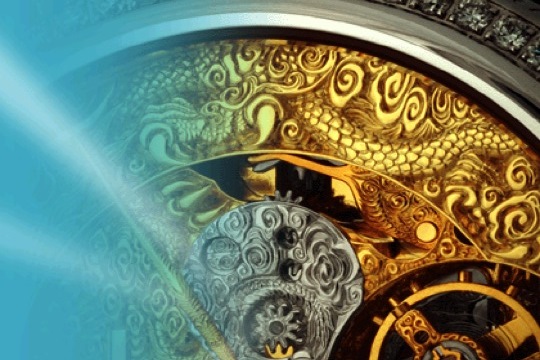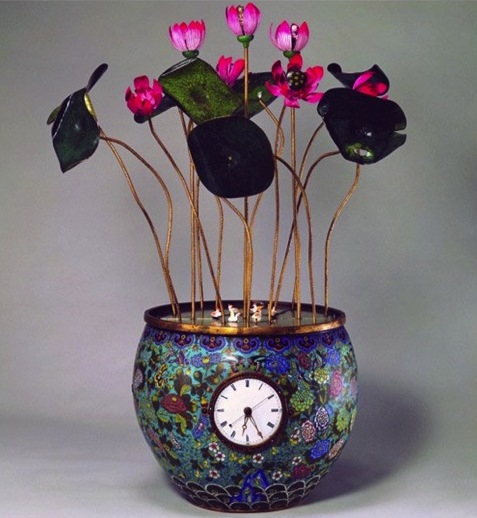
Nathalie Omori, senior partner of Zhenji, outlines the synergies between Chinese male timepiece appreciation and the confidence boosting powers of ancient amulets
Chinese Pi, approximately 2000 BC
For over a year now, via internet and other channels, Zhenji has been interviewing hundreds of Chinese nationals in the “affluent” social sphere category all over the country about luxury watches. They all echo one thing unanimously: wearing a valuable watch breeds self-confidence, and to gain self-confidence, you need the right watch for the right occasion.
Essentially, a watch is an object of mystery. Maybe not for real collectors who can easily identify the most subtle of complications on a timepiece from a mere detail on one of the hands. They understand the intricacies of technical complications, and the challenges of customizing movements to implement them. But all the neophytes can see are tiny little cases containing highly complex and hidden mechanisms. Some of which, although invisible to the naked eye, can fetch upwards of a million euros. And our surveyed Chinese tell us that it is the hidden and mysterious mechanisms that yield self-confidence.
“ Chinese tell us that it is the hidden and mysterious mechanisms that yield self-confidence ”
From an outsider’s perspective, this is the kind of effect one would expect from an amulet. An object comprising a case, a wrist band, and driven by a perpetual motion engine always kept – literally – at arm’s length. It’s a magical object. A highly valuable one, with the mystical power to transmit well-being (self-confidence), and wealth (as one usually follows the other). These are indeed the magical effects associated with a talisman. Created by by a shaman, invisible to outsiders, and with powers obvious only to its wearer.
Of course, part of these objects’ value has to do with the social status they impart. Not to mention the prestige of the associated brand. And then there is the value that comes from being validated by connoisseurs. Luxury watches are like a club. You’re either in it or not. And you are judged by the watch you wear. This is what confidence is all about.

BJWF Chinese watch
But then, why watches? After all, watches are nothing new to the Chinese. A simple visit to Beijing’s Forbidden City’s Clock Museum – one of the world’s grandest horology museums – will quickly speak to China’s great horology heritage. A history linking China to legendary brands like Patek Philippe, and to the now-defunct Maison Berthoud.
Early on, Western missionaries set foot in China bringing chiming clocks with them. These devices quickly become very popular with the locals. And two passionate horology lovers, the Emperor Qianlong (1736-1795), and France’s Louis the XVIth, traded clocks back and forth frequently before the French Revolution did away with the latter’s head.
“ Could today’s watches be the Pi rings of modern times? ”
The Chinese have enticed European artisans to set up shop here and train local watchmakers. Clocks and watches go hand in hand, endlessly, constantly synchronizing time between one another. In Beijing’s Clock Museum, you can see Patek time pieces that were made specifically for China. Even Chairman Mao was fascinated by watches. He made them popular too by decreeting that they be among the “Four big things” a man should possess starting in 1963 along with a bicycle, a radio, and a sewing machine. Accordingly, the Beijing Watch Factory came out with the first “Tourbillon Oriental” in 1957.
From the beginning, watches have always fascinated the Chinese people. They are mesmerized by the circular representation of time. It corresponds to their cyclic notion of time. Traditionally represented by a Pi ring – a flat circle-shaped object symbolizing the passage of time into infinity, and considered a Chinese talisman.

Chinese lotus clock 17th Century Forbidden City

